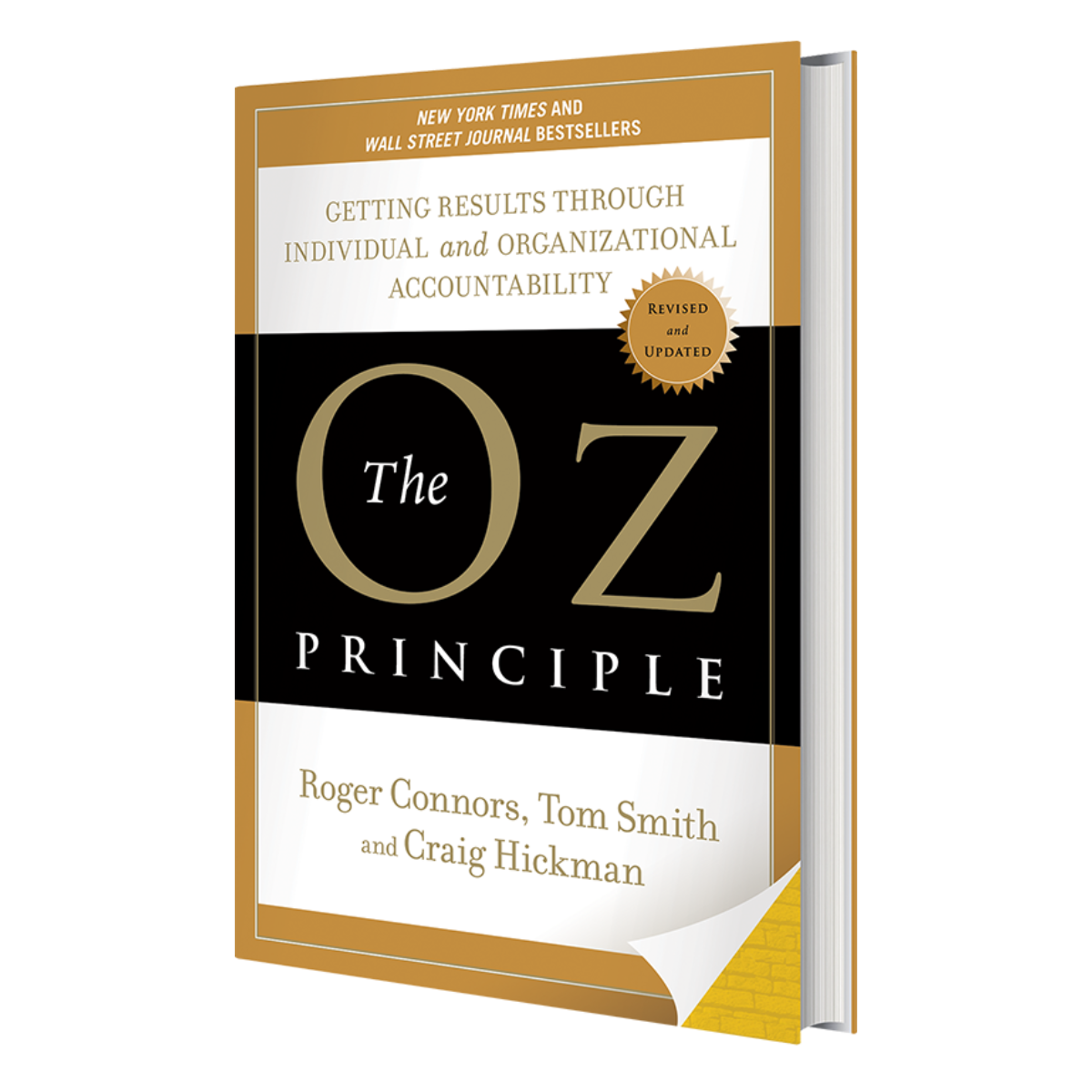
"We can't become what we need to be by remaining what we are."
~ Oprah Winfrey
Training is something you can schedule. It’s done to you, at a time and in a place. Learning, however, is a very personal process that doesn’t fit so neatly into a one-hour webinar or even a three-day offsite. Learning is something you do for yourself as you figure out how to take your training and apply it, in your own way, in your own world.
When we step into a training environment, we step into a bubble: that magical place where real-life ends and learning seemingly starts. We’ve probably left our laptops at home, our phones are on silent, our calendars are blocked, and our auto reply out-of-office tells emailers that we’re ‘in training’ and will get back to them when we return to the office. We can then spend a blissful few hours or days focused on one thing: ourselves.
In fact, it’s so magical a place that it should be called Narnia and we should get to it via a wardrobe.
And then, at the end, we step back out of the wardrobe and real-life hits us like a sledgehammer in the face, effectively knocking most of the enthusiasm and new knowledge out of us before we even make it to the parking lot. For we have crossed the reality barrier, and we’re back in the real-world, where there are no talking lions, no Turkish Delights, and there is certainly no room to translate that new knowledge into new habits and behaviors.
When we’re in Narnia, in reality most of what’s happening is the transfer of knowledge. We’re being given the raw ingredients for the changes we need to make when we leave. And inside that bubble it all seems so easy: we’re supported by the environment, the facilitator and our fellow students. We’ve practiced with each other, won praise from the facilitator, aced the test and got the certificate to prove it.
But the change isn’t real until we understand how to consistently apply it in the real-world, and our real lives aren’t designed for that kind of work. We scheduled our training time, but we forgot to schedule the learning part. Our work and life are optimized for the status quo that existed before we went into the bubble and is waiting for us when we leave. What was taught there is not just an inconvenience, it’s actually a threat to that safe, comfortable life we’ve built for ourselves.
The hard work – the real work – is about creating the context within which we’re able to make the sustainable personal change that reflects true learning. The result we’re really trying to achieve is that change – not the certificate or the grade on the exam.
The training is done to you. The learning is done by you.
This week’s inquiry…
Where do you need to spend more time in your learning zone to improve your performance?
Dive Deeper…
This great TED talk explores how our need to perform will often get in the way of our ability to learn. Eduardo Briceno explains how we move between the Performing Zone and the Learning Zone, and unless we find a way to successfully spend time in both of those places we will limit our personal and professional growth.
“What if we each always had something we were working to improve?”
It seems we’re not alone in using classic fairytales to illustrate powerful personal and professional development concepts, as well as using simple and memorable phrases to help transform thinking. In “The Oz Principle: Getting Results Through Individual and Organizational Accountability”, authors Roger Connors, Tom Smith and Craig Hickman use characters from the Wizard of Oz to illustrate the key concepts and steps in achieving accountability: See It, Own It, Solve It, and Do It!


